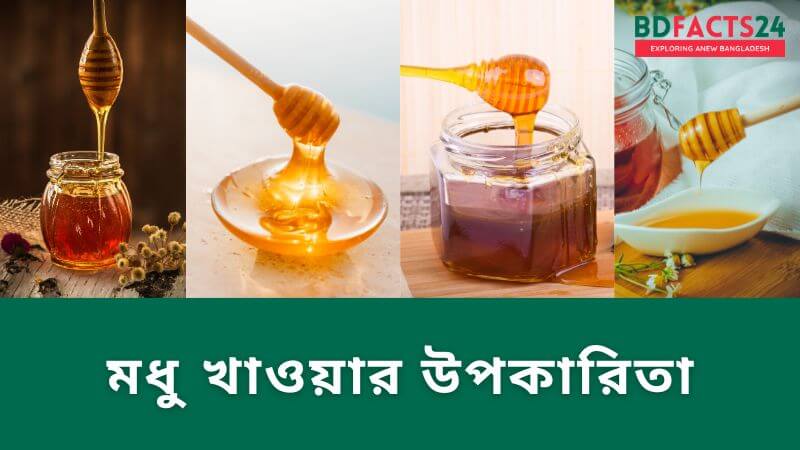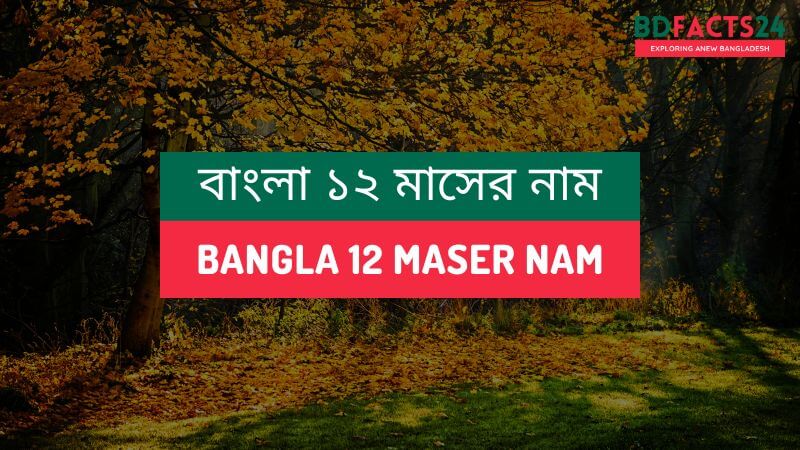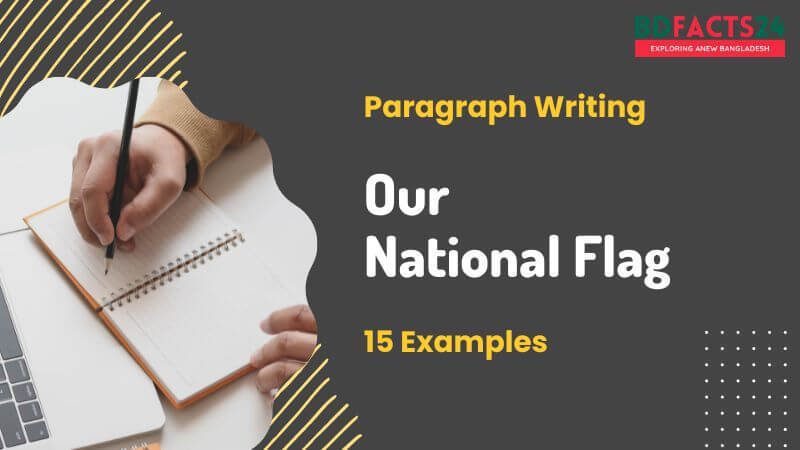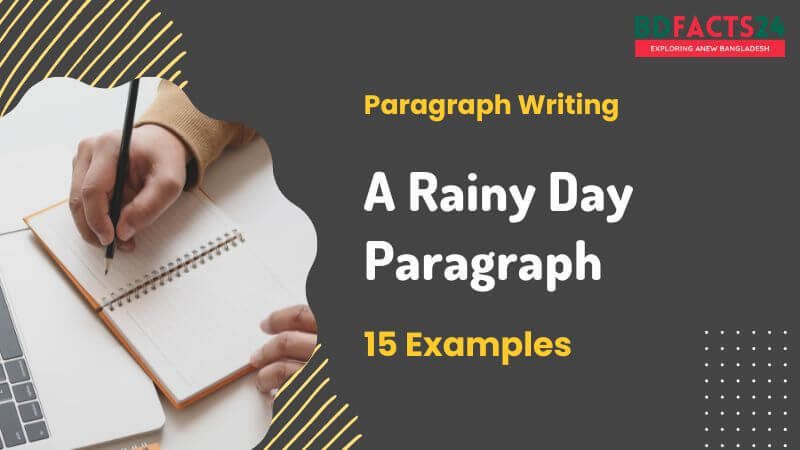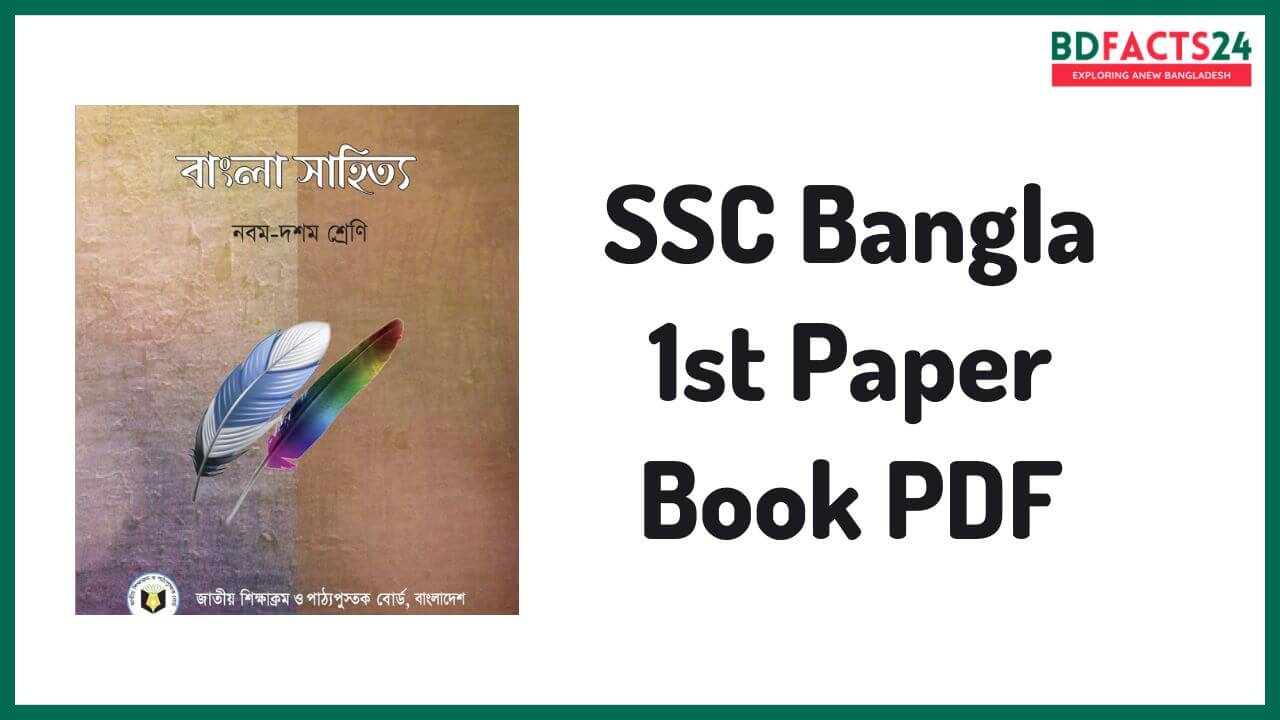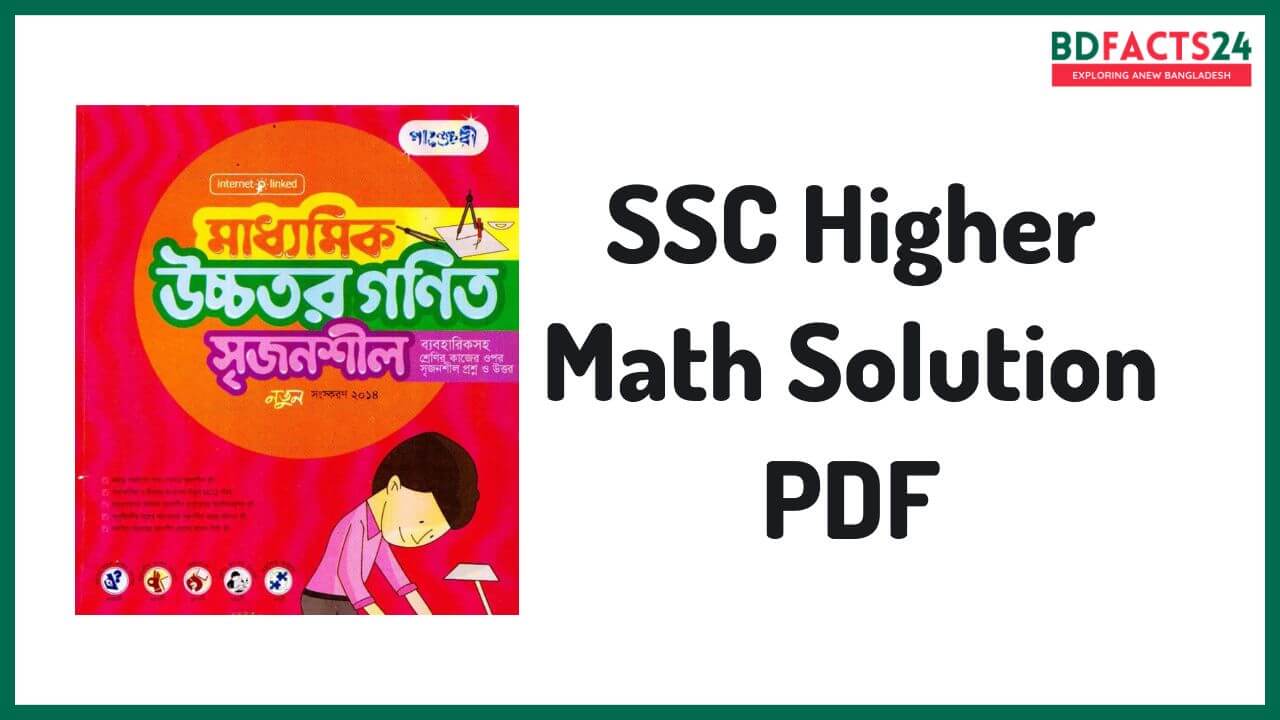Paragraph writing is an essential skill that every student must master, as it is a fundamental part of academic writing.
In this article, we will look at examples of “Pohela Boishakh Paragraph” that students can reference when writing paragraphs on the event of Pohela Boishakh, the first day of the Bengali calendar.
Example 01
Pohela Boishakh, also known as Bengali New Year, is a time of great celebration and festivity in Bangladesh and the Bengali community around the world. The day marks the start of the Bengali calendar and falls on April 14th each year. The celebrations usually begin with colorful processions known as “Mangal Shobhajatra” where people dress up in traditional clothes, play musical instruments and dance to the beat of drums. The streets are decorated with colorful banners, balloons, and paper streamers, creating a festive atmosphere.
On Pohela Boishakh, people greet each other by saying “Shubho Noboborsho” which translates to “Happy New Year”. They also visit their friends and family members, exchange gifts and sweets, and indulge in traditional Bengali delicacies such as pitha, doi, and mishti. Many also visit temples and offer prayers for prosperity and good fortune in the coming year.
Pohela Boishakh is not just about festivities and fun but it holds a significant cultural and historical importance for the Bengali community. It is believed that the Mughal Emperor Akbar introduced the Bengali calendar in the 16th century to streamline revenue collection from farmers. Since then, the festival has been celebrated with great enthusiasm across the region.
Despite being a primarily Bengali festival, Pohela Boishakh has gained popularity worldwide and is now celebrated by the Bengali diaspora living in different parts of the world. The celebration symbolizes the spirit of unity and brotherhood among the Bengali people, irrespective of their geographical boundaries.
In conclusion, Pohela Boishakh is an important festival that celebrates the richness of Bengali culture and tradition. It is a time for revelry, reflection, and renewal, and provides an opportunity to come together and celebrate the unique diversity of the Bengali community.
Example 02
Pohela Boishakh, also known as Bengali New Year, is one of the most significant cultural events in Bangladesh and West Bengal. The day is celebrated on the 14th of April every year, marking the beginning of the Bengali calendar year. The festivities of Pohela Boishakh are deeply rooted in Bengali culture and tradition and are a reflection of the vibrant and colorful spirit of the Bengali people.
The celebrations of Pohela Boishakh begin early in the morning, with people waking up to the sound of traditional instruments like the dhak and the dhol. The day starts with a visit to the temple or a puja, where people offer prayers and seek blessings for the year ahead. After the puja, people get together with friends and family, exchange sweets and gifts, and indulge in traditional Bengali delicacies like panta bhat, ilish paturi, and mishti doi.
The most significant aspect of Pohela Boishakh is the Mangal Shobhajatra procession, which takes place in the streets of major cities in Bangladesh and West Bengal. The Mangal Shobhajatra is a vibrant and colorful procession that features large floats, representing different themes and motifs that are central to Bengali culture and tradition. The procession is led by a group of people dressed up as traditional Bengali gods and goddesses, followed by musicians and performers who showcase their talent through dance and music.
Apart from the Mangal Shobhajatra, Pohela Boishakh is also marked by various other cultural programs, fairs, and exhibitions. People dress up in traditional attire, and there are competitions for the best-dressed person. The streets are decorated with colorful banners, flags, and balloons, creating a festive and joyous atmosphere.
Overall, Pohela Boishakh is a celebration of the rich cultural heritage of the Bengali people. It is a time to come together, to forget all differences, and to embrace the spirit of unity, harmony, and togetherness. The day is also a time to reflect on the past year, to set new goals, and to look forward to a new year with hope, positivity, and optimism.
Example 03
Pohela Boishakh is a significant cultural and traditional festival of the Bengali community that marks the beginning of the Bengali New Year. It is celebrated on the 14th or 15th of April every year, depending on the Bengali calendar. The festival is also known as Bangla Noboborsho, which means ‘New Year’ in Bengali. Pohela Boishakh is a time for new beginnings, renewed hopes, and aspirations for the coming year.
The entire Bengali community eagerly awaits this day to celebrate with their families, friends, and loved ones. People dress up in traditional attires like sarees, punjabis, and dhotis and participate in various cultural activities like singing, dancing, and feasting on delicious food. The streets are decorated with colorful banners, balloons, and lights, and people gather in large numbers to witness the grandeur of the festivities.
One of the main attractions of Pohela Boishakh is the ‘Mangal Shobhajatra,’ a colorful procession organized by students and artists of different cultural organizations. The procession comprises of giant masks, puppets, and floats that symbolize different social and political issues. It is a way to express solidarity and raise awareness about important issues affecting society.
Traditional cuisine is an essential part of Pohela Boishakh celebrations. People prepare various delicacies like pitha (rice cakes), hilsa fish, mishti doi (sweet yogurt), chutney, and many more. Families gather around to enjoy these delicacies and exchange sweets and gifts as a symbol of love and goodwill.
In conclusion, Pohela Boishakh is a festival that celebrates Bengali tradition, culture, and heritage. It is a time for joy, happiness, and unity. This festival brings people together from all walks of life to celebrate and uphold the values of humanity. The essence of Pohela Boishakh lies in the message of new beginnings and hopes for a better future.
Example 04
Pohela Boishakh is the first day of the Bengali New Year, celebrated on April 14th each year. It is an important cultural festival in Bangladesh and the Bengali-speaking regions of India. The day marks the start of the agricultural season and is a time of renewal and fresh beginnings. People dress up in colorful traditional attire, and the streets come alive with music, dance, and vibrant processions.
The festival has its roots in ancient Hindu tradition, but over time it has evolved to become a celebration of Bengali culture and identity. The day is marked by a variety of traditional activities, such as the ritualistic bathing of the idols of Hindu deities, cultural programs, and the exchange of sweets and gifts.
Food is a crucial part of the celebrations, and people indulge in traditional Bengali delicacies such as pitha, luchi, and chomchom. Pohela Boishakh is not just a celebration of the New Year, but it is also a time for Bengalis to come together and celebrate their unique heritage and traditions. It is a time to reflect on the past, appreciate the present, and look forward to the future with hope and optimism.
The festival has gained popularity beyond Bangladesh and West Bengal, with celebrations taking place in other parts of India and even abroad, where the Bengali diaspora has made its mark. Pohela Boishakh is a reminder of the rich cultural diversity that exists in our world, and a celebration of the power of tradition and community.
Example 05
Pohela Boishakh, also known as Bengali New Year, is one of the most important festivals celebrated by the Bengali community around the world. The festival is observed on April 14th every year and marks the beginning of the Bengali calendar. People from all walks of life come together to celebrate this auspicious day with great joy and fervor. The celebrations usually begin with a colorful parade or “Prabhat Pheri” in which people dress up in traditional attire and dance to the beat of drums and other musical instruments. This is followed by various cultural programs and performances that showcase the rich heritage and traditions of the Bengali culture.
One of the most important aspects of Pohela Boishakh celebrations is the food. Traditional delicacies such as Panta Bhaat (fermented rice), Ilish Bhaja (fried hilsa fish), Cholaar Dal (Bengal gram curry), and Mishti Doi (sweetened yogurt) are prepared and shared with family and friends. Another significant aspect of the festival is shopping. People buy new clothes and household items to mark the beginning of the new year. It is also a time for businesses to start their new financial year, and many shops offer discounts and special deals to attract customers.
Pohela Boishakh is not just a festival but a symbol of unity and diversity. It brings people from different backgrounds and communities together to celebrate the spirit of togetherness and hope for a prosperous future. The festival is celebrated not only in Bangladesh but also in parts of India and other countries where there is a significant Bengali population. Overall, Pohela Boishakh is a joyous occasion that holds immense cultural and emotional significance for the Bengali community. It is a time to celebrate new beginnings, renew relationships, and cherish the rich heritage and traditions of the Bengali culture.
Example 06
Pohela Boishakh, also known as Bengali New Year, is a vibrant and colorful festival celebrated by Bengalis all over the world. It marks the first day of the Bengali calendar and is usually celebrated on April 14th or 15th, depending on the lunar calendar.
On this day, people dress up in traditional Bengali attire and take part in various cultural events, such as singing, dancing, and feasting. The festival signifies the start of a new year, new beginnings, and the hope of prosperity and happiness. In Bangladesh, the streets are adorned with colorful decorations, and people gather in large numbers to participate in the festivities.
Delicious food and sweets are prepared, and people visit their friends and relatives to exchange greetings and well wishes. Overall, Pohela Boishakh is a time for Bengalis to come together and celebrate their cultural heritage and traditions with joy and enthusiasm.
Example no 07
Pohela Boishakh, also known as Bengali New Year, is a significant cultural festival in Bangladesh and West Bengal, India. It marks the beginning of the Bengali calendar year, with festivities taking place on April 14th each year. The celebration of Pohela Boishakh has a rich history that dates back to the Mughal era, when Emperor Akbar introduced the Gregorian calendar in the region. However, the Bengali community continued to celebrate the new year according to their traditional lunar calendar. Today, Pohela Boishakh is an occasion for people to come together and celebrate the arrival of spring and the renewal of life.
One of the most notable aspects of Pohela Boishakh is the colorful procession known as the Mangal Shobhajatra. This parade features large papier-mâché figures representing animals, birds, and mythical creatures. People dress in vibrant traditional attire and dance to the beat of dhak (drums) and other musical instruments. The Mangal Shobhajatra serves as a symbol of resistance against oppression and also signifies hope, unity, and solidarity.
Another integral part of Pohela Boishakh celebrations is the consumption of traditional Bengali dishes, such as panta bhaat (fermented rice), begun bhaja (fried eggplant), and chingri malai curry (prawn in coconut milk). People also enjoy sweet treats like roshogolla (syrup-soaked cottage cheese balls) and mishti doi (sweetened yogurt).
Pohela Boishakh is not just about celebrating Bengali culture; it also provides an opportunity for people to reflect on their past and envision a better future. Many businesses start the new year by offering special discounts and promotions to attract customers. Schools and universities organize cultural events, seminars, and fairs to inspire creativity and innovation. In recent years, digital technology has also played a significant role in bringing people together to celebrate Pohela Boishakh, with virtual gatherings and online concerts becoming increasingly popular.
In conclusion, Pohela Boishakh is a beautiful celebration of Bengali culture, tradition, and heritage. It brings people from all walks of life together to celebrate the arrival of spring, reflect on the past, and look forward to a bright future. The festival is an inspiration for creativity, unity, and resilience, and it serves as a reminder of the rich cultural heritage of Bangladesh and West Bengal.
Example 08
Pohela Boishakh is one of the most significant cultural festivals celebrated in Bangladesh and among the Bengali communities around the world. It marks the first day of the Bengali calendar and falls on the 14th of April every year. The festival is a time of great joy and enthusiasm for the Bengali people, who celebrate it with much fervor and enthusiasm.
The celebration of Pohela Boishakh has its roots in the agricultural traditions of ancient Bengal. It was a time when farmers would celebrate the harvest and pray for a bountiful crop in the coming year. Over time, the festival became a way of celebrating the Bengali cultural identity and its rich heritage. Today, Pohela Boishakh is celebrated with a lot of cultural programs, music, dance, and food, reflecting the colorful and vibrant culture of Bangladesh.
The festival begins with a procession known as the Mangal Shobhajatra. People dress up in traditional Bengali clothes and carry colorful floats and banners depicting various cultural motifs. The procession usually starts from the Dhaka University campus and proceeds through the streets of the city. People also gather at Ramna Park to enjoy traditional Bengali music and dance performances. The day is also marked by a traditional meal consisting of panta bhat (watered rice), fried hilsa fish, and lentil soup, among other delicacies.
Pohela Boishakh is not just a celebration of the Bengali culture but also a time to renew and strengthen social ties. People visit friends and family, exchange greetings and gifts, and offer prayers for prosperity and happiness. It is also a time for artisans and traders to showcase their products and skills, with markets and fairs selling traditional handicrafts, clothes, and jewelry.
In conclusion, Pohela Boishakh is a celebration of the Bengali culture and heritage, as well as a time for social renewal and strengthening. It is a colorful and vibrant festival that reflects the rich cultural identity of Bangladesh and its people. The festival is an occasion for joy and celebration, as well as for promoting and sharing the Bengali culture with the world.
Example 09
Pohela Boishakh is a significant cultural festival celebrated in Bangladesh and amongst the Bengali community all around the world. The festival marks the beginning of the Bengali New Year, which typically falls on the 14th or 15th of April each year. Pohela Boishakh is a time for new beginnings, hope, and celebration, as the Bengali community comes together to welcome the New Year with immense joy and enthusiasm.
The celebrations start early in the morning, with people dressing up in traditional Bengali attire and gathering in large numbers at various cultural centers, parks, and public squares across the country. One of the most iconic aspects of Pohela Boishakh is the colorful procession, known as the “Mangal Shobhajatra,” which takes place in the streets of Dhaka and other cities. The procession features elaborate floats depicting various elements of Bengali culture, including animals, mythological characters, and cultural icons.
Throughout the day, people indulge in delicious traditional food, such as pitha and sweets, while enjoying various cultural programs, including folk music, dance performances, and poetry recitals. People also decorate their homes and shops with colorful flowers and banners, adding to the festive atmosphere.
Pohela Boishakh is not just about celebrating the New Year; it is also a time to reflect on the rich heritage and culture of the Bengali community. The festival represents Bengali unity and pride, reminding people of their roots and traditions. It is an occasion to embrace diversity, promote peaceful coexistence, and strengthen social bonds.
In conclusion, Pohela Boishakh is a beautiful cultural festival that celebrates the spirit of the Bengali community. It is a time for new beginnings, reflection, and celebration, reminding people of their cultural identity and heritage. Whether it’s the colorful processions or the mouthwatering delicacies, the festivities of Pohela Boishakh are sure to leave a lasting impression on anyone who experiences them.
Example 10
Pohela Boishakh, also known as Bengali New Year, is a vibrant and colorful festival celebrated in Bangladesh and the Indian state of West Bengal. It marks the beginning of the Bengali calendar year, which falls on the 14th or 15th of April every year. The festival has both historical and cultural significance and is celebrated with great enthusiasm and gusto by people of all ages.
The day starts with people waking up early in the morning to witness the sunrise and offering prayers at temples and other religious places. Women dress up in traditional sarees, while men wear white kurta-pajama, and children don new clothes. People greet each other with “Shubho Noboborsho” (Happy New Year) and exchange sweets and gifts.
One of the most significant parts of Pohela Boishakh celebrations is the grand parade that takes place in Dhaka, the capital city of Bangladesh. Thousands of people participate in this colorful parade, which includes musical processions, dance performances, and floats displaying the rich culture and heritage of the region. Another popular tradition is the “Mangal Shobhajatra,” a procession held by students and teachers of Dhaka University to mark the day’s significance in the country’s history.
Food is an essential part of any festival, and Pohela Boishakh is no different. People indulge in traditional delicacies like pitha, doi-fuchka, chom-chom, and rosogolla. Street vendors line up the streets, selling a variety of food items, adding to the festive atmosphere.
In conclusion, Pohela Boishakh is a time for celebration, reflection, and renewal. It celebrates the coming of spring, the hope for new beginnings, and the richness of Bengali culture and traditions. It is a time for families and friends to come together, enjoy good food, music, and dance, and create lasting memories.

